Have you ever looked into your dog’s eyes and wondered what they’re truly trying to say? Dogs might not use words, but their language is rich, subtle, and packed with meaning. Every wag, stare, and sigh is a message, quietly revealing their needs, feelings, or even warnings. Understanding these silent signals can transform your bond, making life together more harmonious and deeply rewarding. Get ready to unlock the hidden world of canine communication—because your dog has always been speaking. Are you ready to listen?
1. The Slow Blink: A Sign of Love and Trust
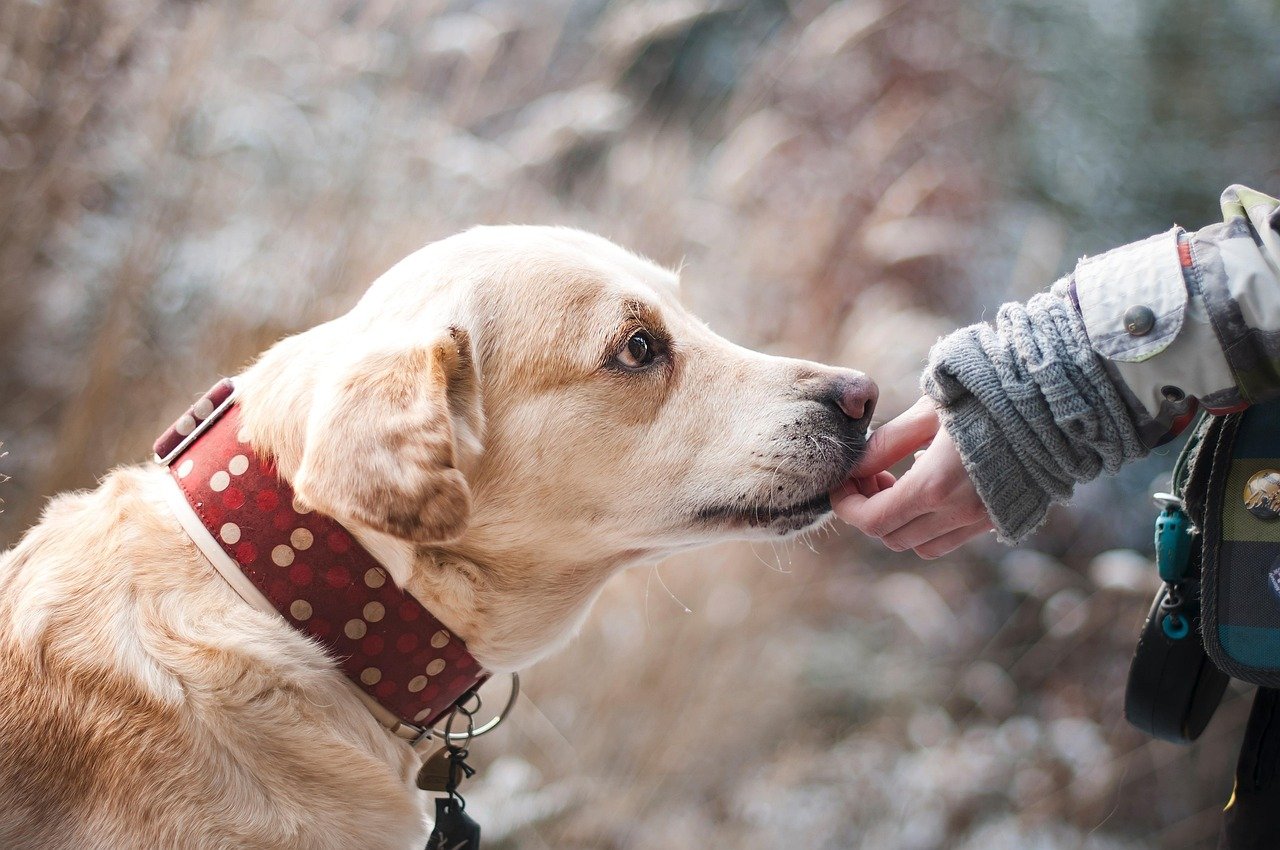
When your dog looks at you and slowly blinks, they’re sharing something truly special. This gentle gesture is a powerful sign of trust and affection. It’s their way of saying, “I feel safe with you.” Much like how humans relax their gaze when comfortable, dogs use the slow blink to show they’re at ease and happy in your presence.
You might notice this during quiet moments, like when you’re cuddling or after playtime. If you slowly blink back, you might just notice your dog returning the favor, creating a silent conversation of love. This exchange builds stronger emotional connections, making your dog feel even more secure. Next time you catch that soft blink, know your pup is telling you, without a single bark, how much you mean to them.
2. Leaning Against You: Seeking Comfort and Connection
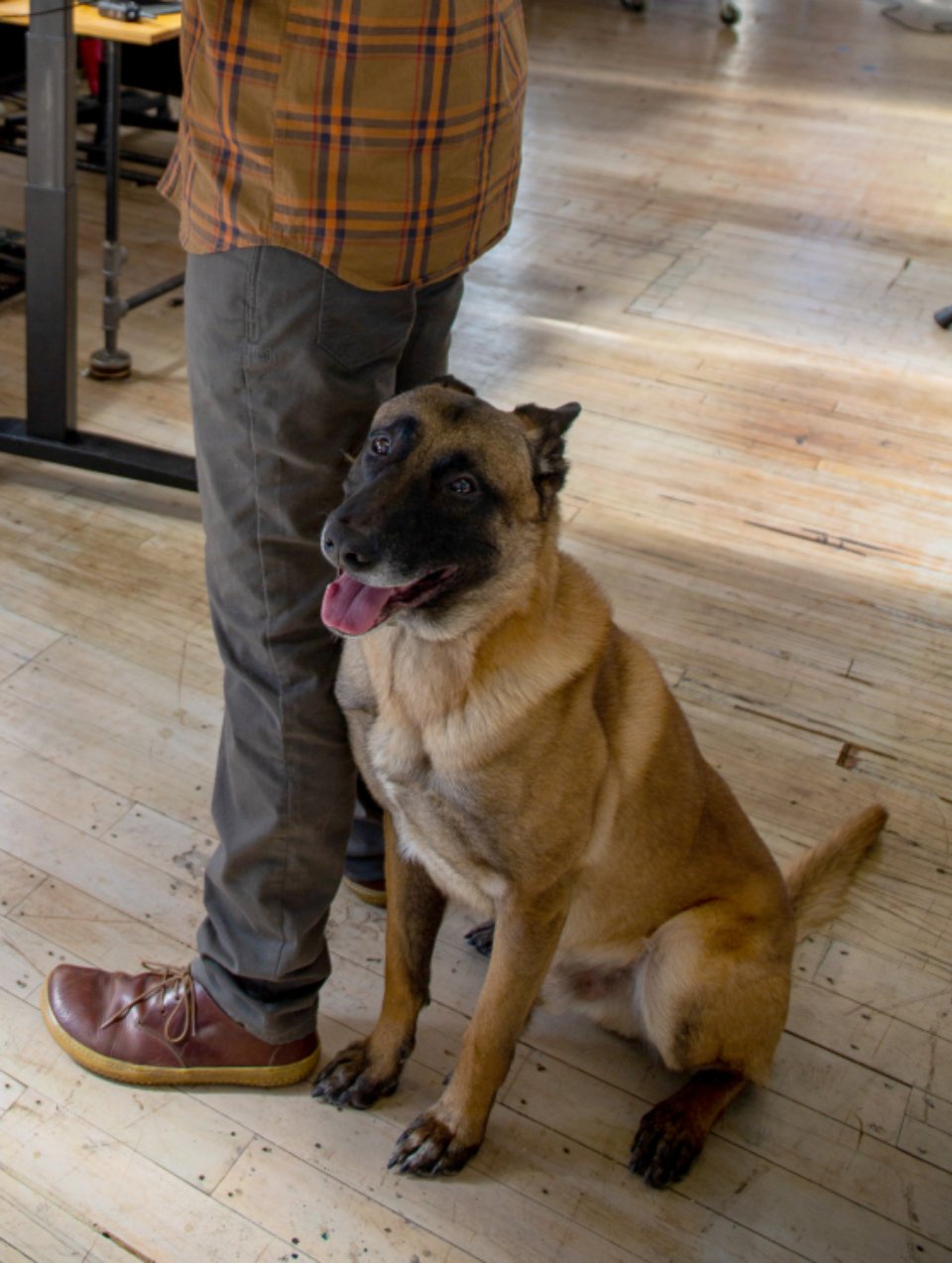
Ever had your dog press their body against your leg or side? This isn’t just about physical closeness; it’s your dog’s way of seeking reassurance and connection. Leaning is a silent request for comfort, a signal that they trust you to keep them safe.
Especially in new or overwhelming situations, your dog might lean more to feel grounded. Think of it like a child holding your hand in a crowd—they’re looking for support. By responding with gentle pets or a calm voice, you let them know they’re not alone. This simple gesture is one of the most heartwarming ways your dog says, “I need you right now.”
3. Yawning: Not Just Tiredness, But Stress or Empathy
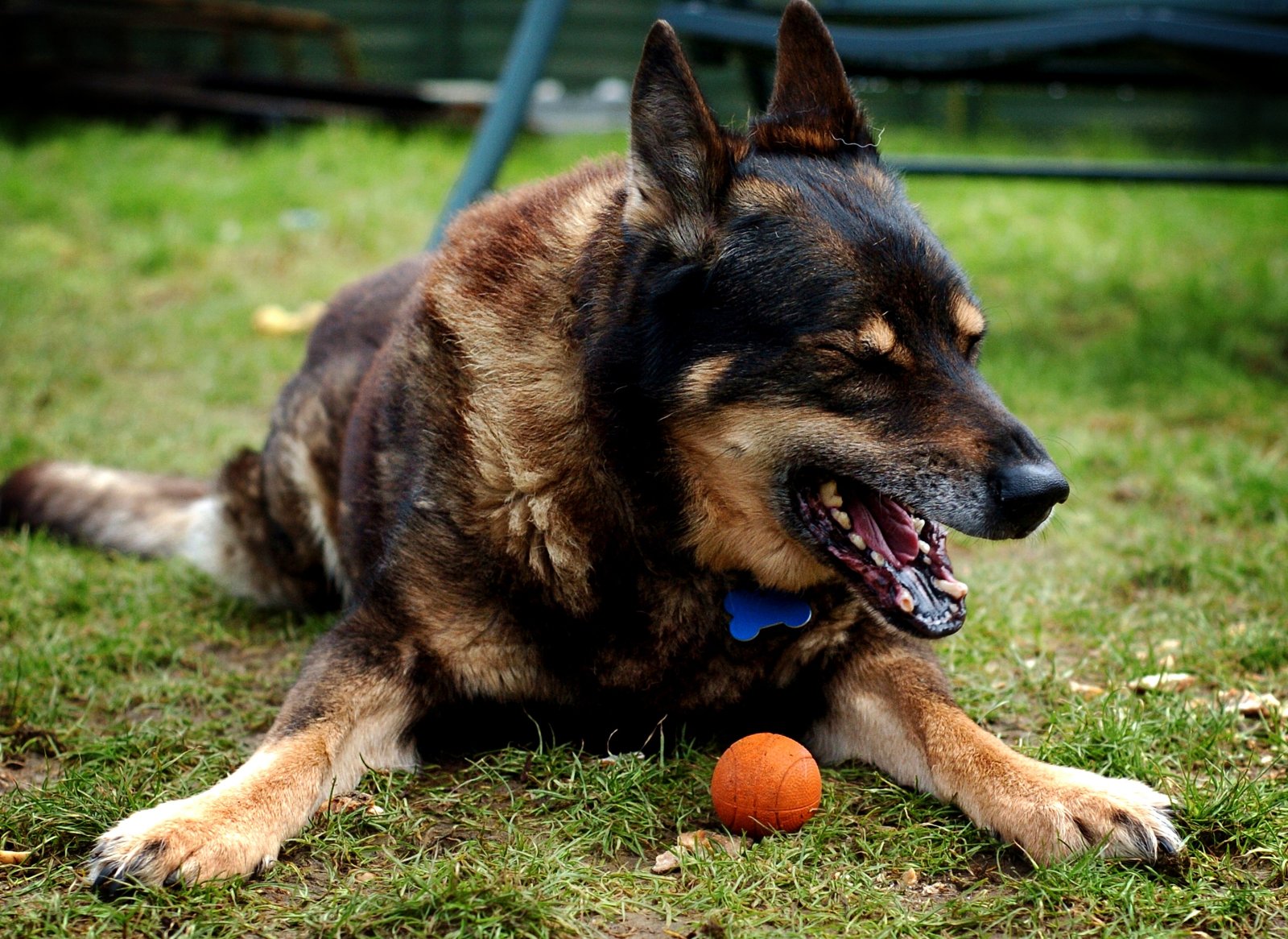
A dog’s yawn can mean more than just sleepiness. Dogs often yawn when they’re feeling stressed, anxious, or unsure—it’s a way to calm themselves down. If you see your pup yawning during a vet visit or when meeting new people, it’s their silent way of coping with the situation.
Interestingly, dogs can also “catch” yawns from humans, showing empathy and social connection. If you yawn and your dog yawns back, it’s a sign they’re closely attuned to your emotional state. Watch for yawns in different settings; your dog’s silent signals might reveal much more than words ever could.
4. Tail Position: Emotions on Display
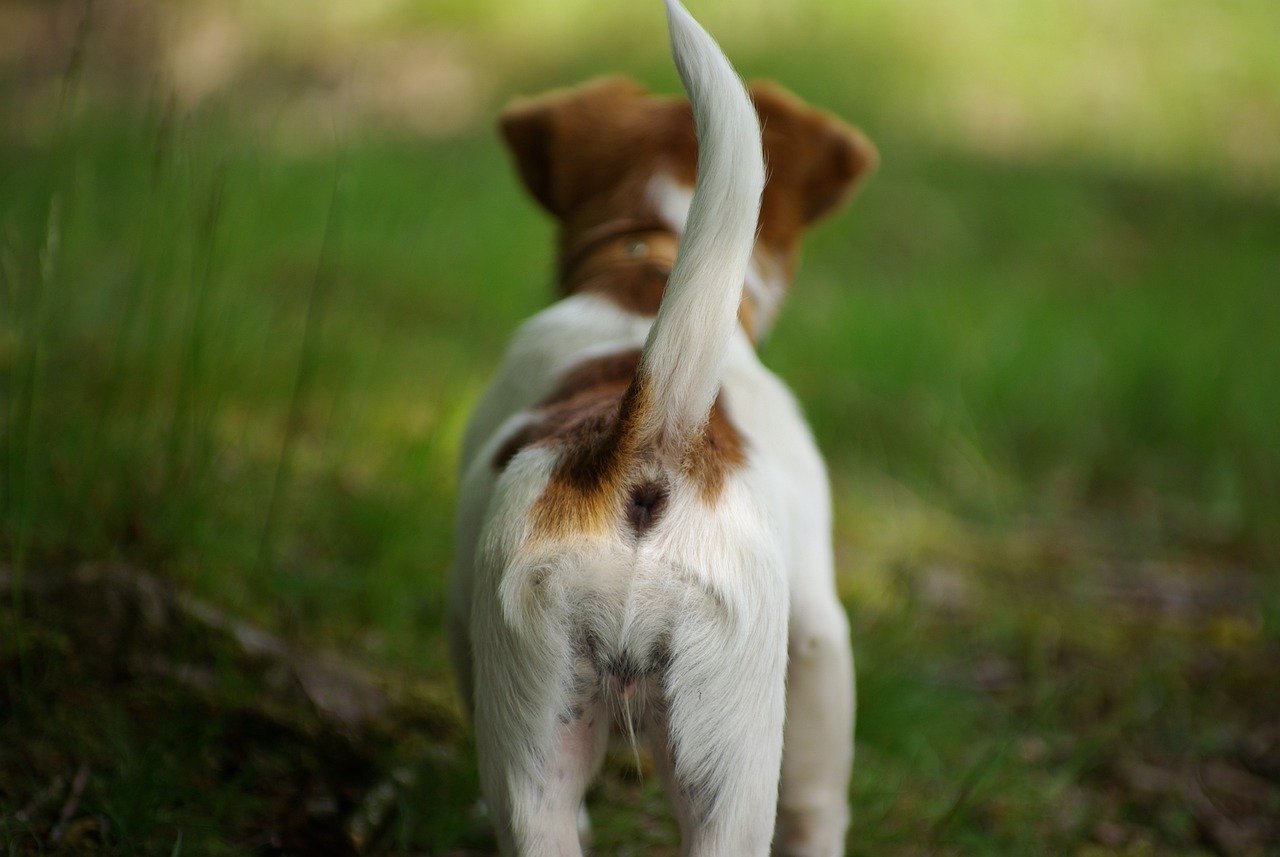
A wagging tail is a classic sign of a happy dog, but tail language is far more complex. The height, speed, and stiffness of your dog’s tail all send silent messages. A relaxed, gently wagging tail usually means contentment, while a tail held high can signal excitement or confidence.
A tucked tail is a clear sign of fear or submission, while a stiff, slow wag might indicate uncertainty or even a warning. Pay attention to these subtle shifts—your dog’s tail is like an emotional barometer, offering key insights into their mood. By reading these cues, you can respond appropriately and help your dog feel understood.
5. Licking Your Hand or Face: Affection and Appeasement
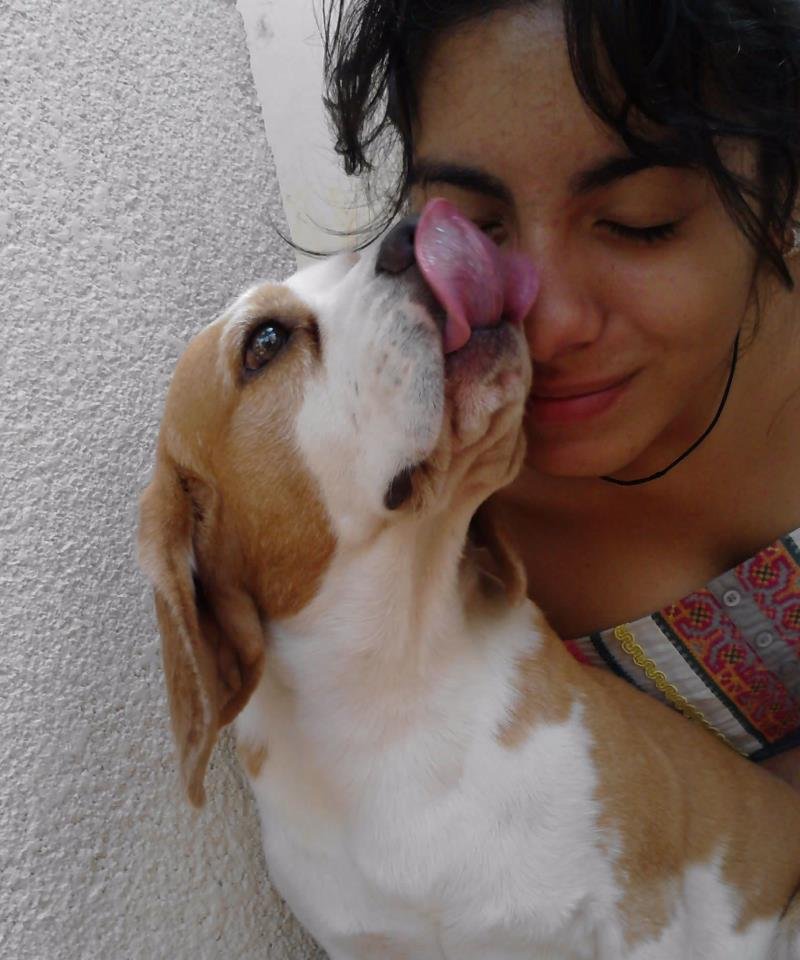
When your dog licks your hand or face, they’re engaging in a deeply instinctive behavior. It’s often a sign of affection, a way to bond with you and show you they care. Puppies lick their mothers for comfort and attention, and adult dogs continue this behavior with their favorite humans.
Sometimes, licking can also be a sign of appeasement or a way to reduce tension. If your dog senses you’re upset or if there’s been a scolding, they might lick you as a peace offering. This gentle gesture is your dog’s way of saying, “I love you” or “Let’s be friends,” without making a sound.
6. Turning Away: Respecting Boundaries
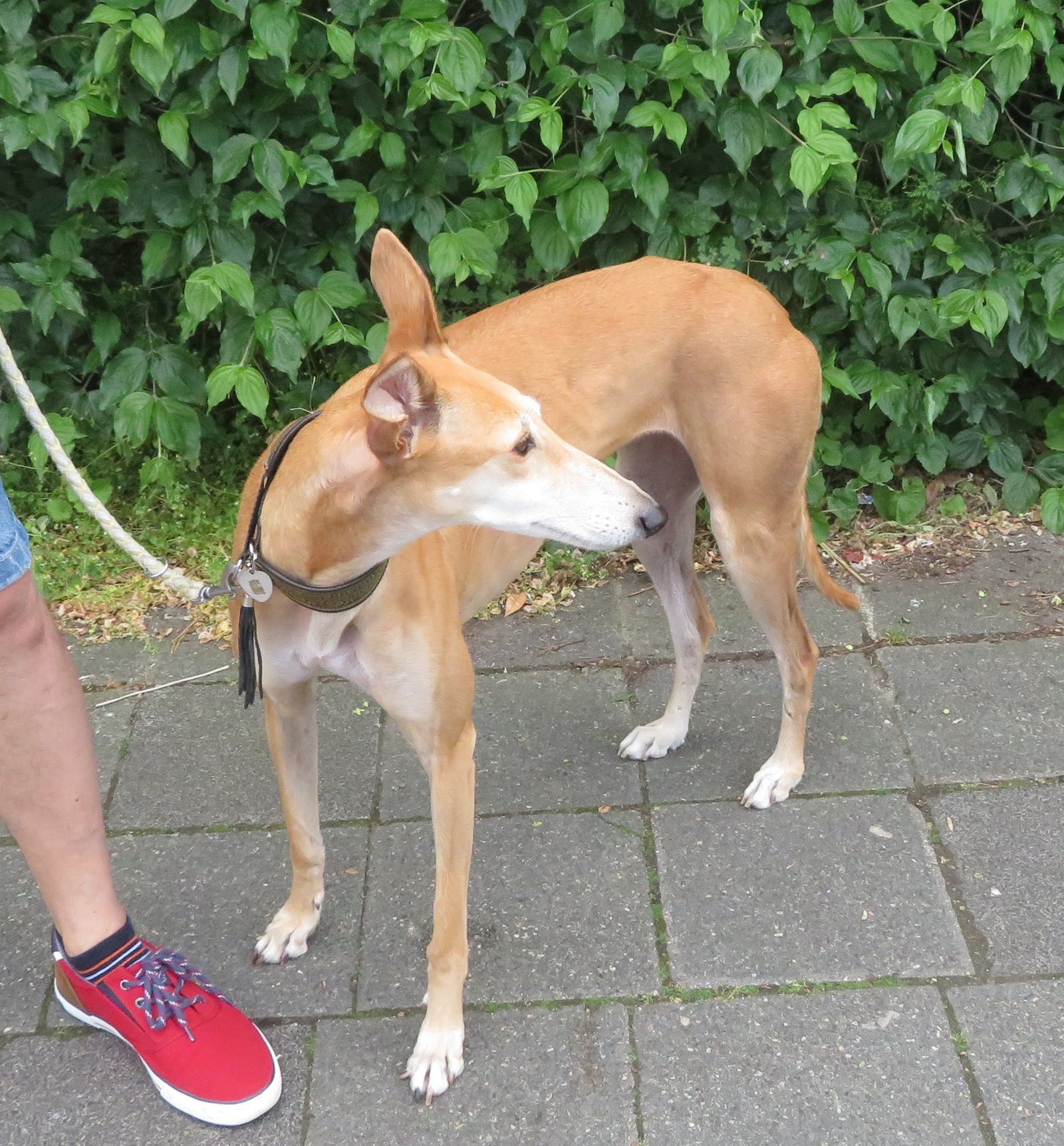
If your dog turns their head or body away from you, don’t take it personally. This silent signal often means they’re trying to avoid confrontation or diffuse a tense situation. Dogs use this gesture with each other to show respect and maintain peace within the pack.
Turning away can also indicate that your dog needs a little space. Maybe they’ve had enough petting, or they’re feeling overwhelmed. Respecting this signal shows your dog that you understand their needs and helps build mutual trust. Just as we sometimes need a moment alone, so do our canine companions.
7. Pawing at You: Asking for Attention or Help
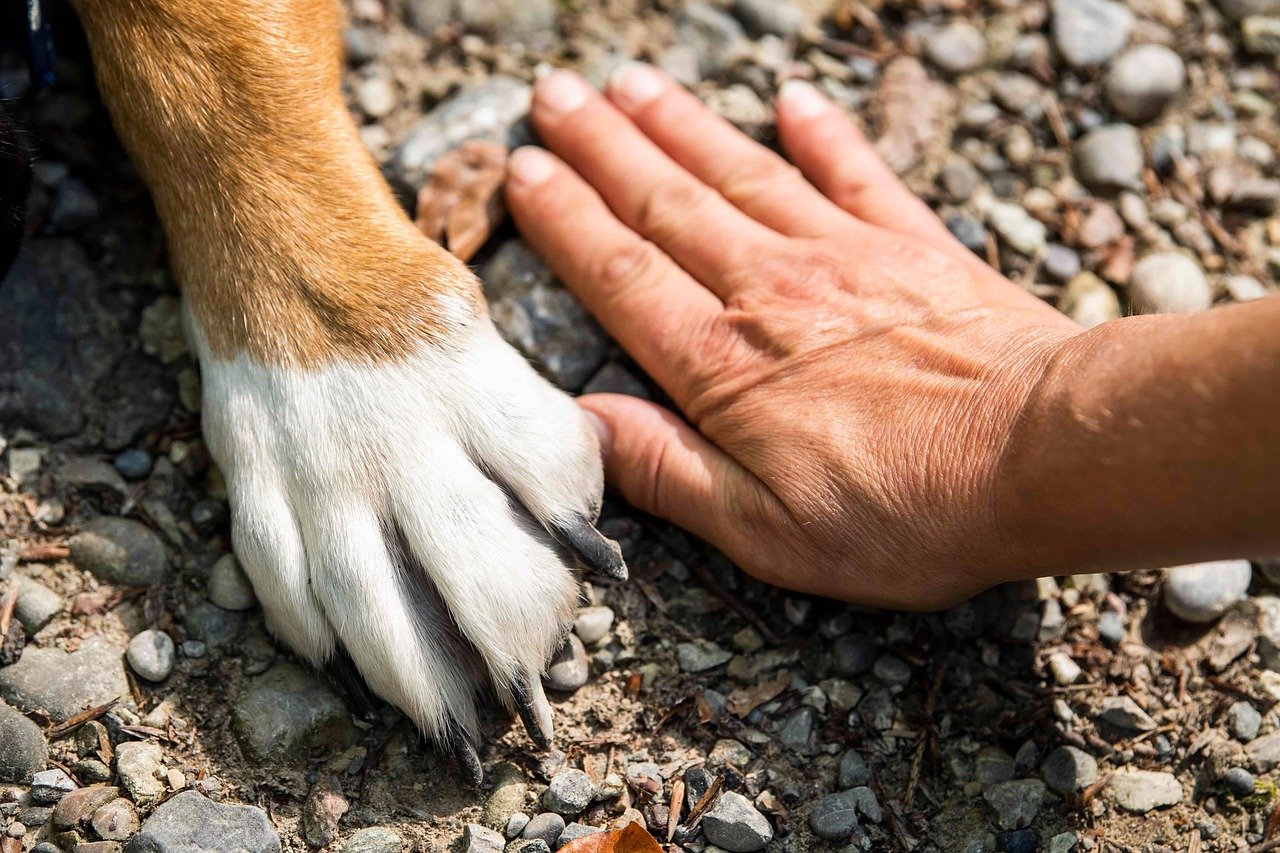
A gentle paw placed on your leg or arm is a clear, silent request. Your dog might be asking for attention, affection, or even assistance. This behavior is their way of saying, “Notice me,” especially if they’re feeling ignored or need something.
Sometimes, dogs paw when they’re anxious or unsure, seeking comfort from their favorite person. If your dog paws at you during stressful times, offer a calm and reassuring touch. By recognizing this sign, you can respond to your dog’s needs before they have to bark or whine.
8. Ears Back or Flattened: Nervousness or Submission
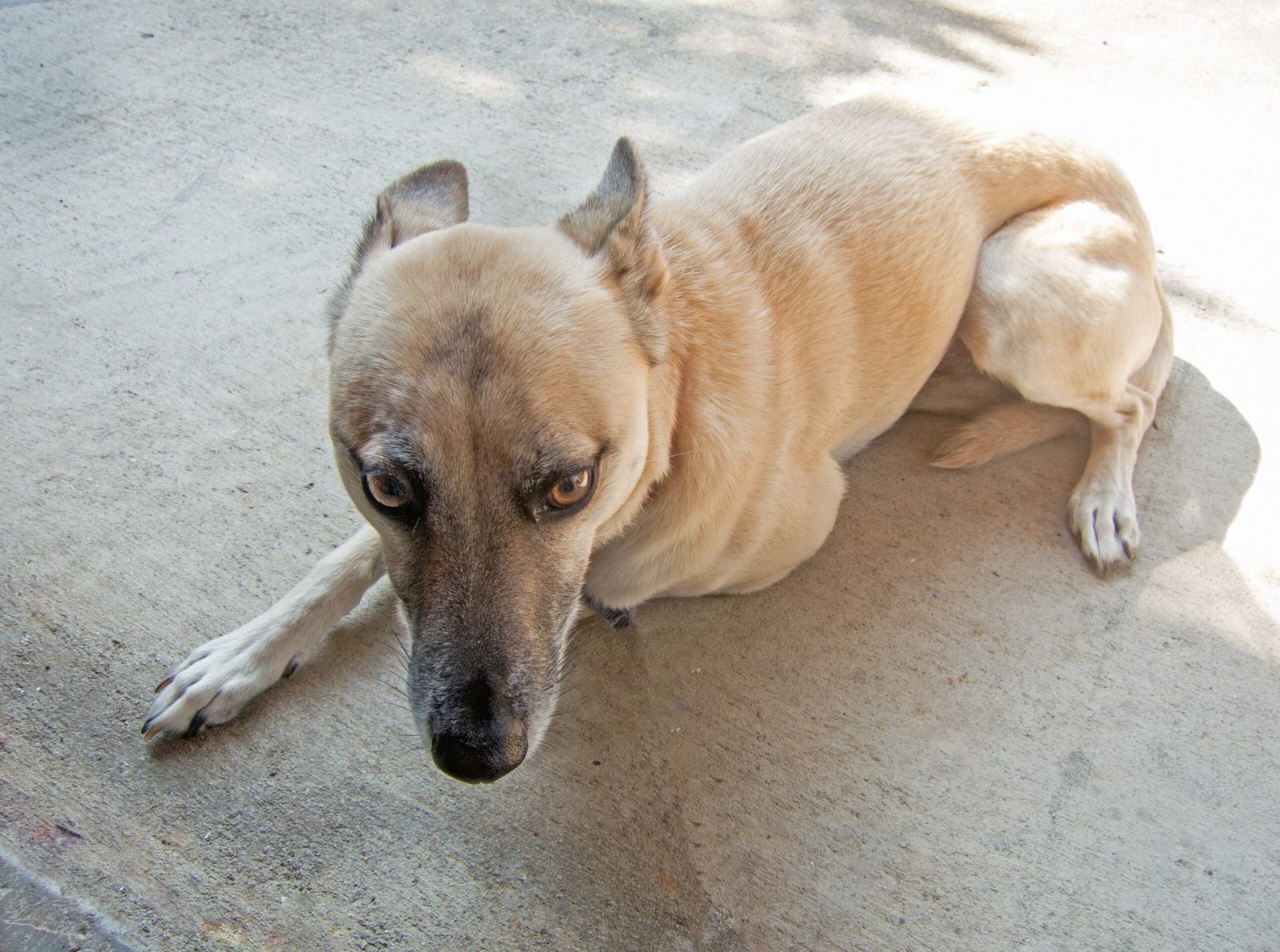
Your dog’s ears are incredibly expressive. When they pin their ears back or flatten them against their head, they’re usually feeling nervous, scared, or submissive. This silent signal is often seen during thunderstorms, vet visits, or when meeting new animals.
Flattened ears can also be a sign of respect or deference, especially towards humans or more dominant dogs. By observing your dog’s ear position, you can gauge how they’re feeling in any situation. Responding with calmness and reassurance can help your dog feel more secure and understood.
9. Belly Exposure: Trust and Vulnerability

When a dog rolls onto their back and exposes their belly, they’re revealing their most vulnerable side. This is a huge sign of trust and comfort, as it leaves them defenseless. Your dog is saying, “I trust you not to hurt me”—a powerful, silent message.
Belly exposure can also be an invitation for a rub, but not always. Sometimes, it’s a submissive gesture, especially if accompanied by a stiff posture or tucked tail. Always approach gently and let your dog guide the interaction, respecting their boundaries and responding to their trust.
10. Staring or Gazing: Deep Connection or a Warning
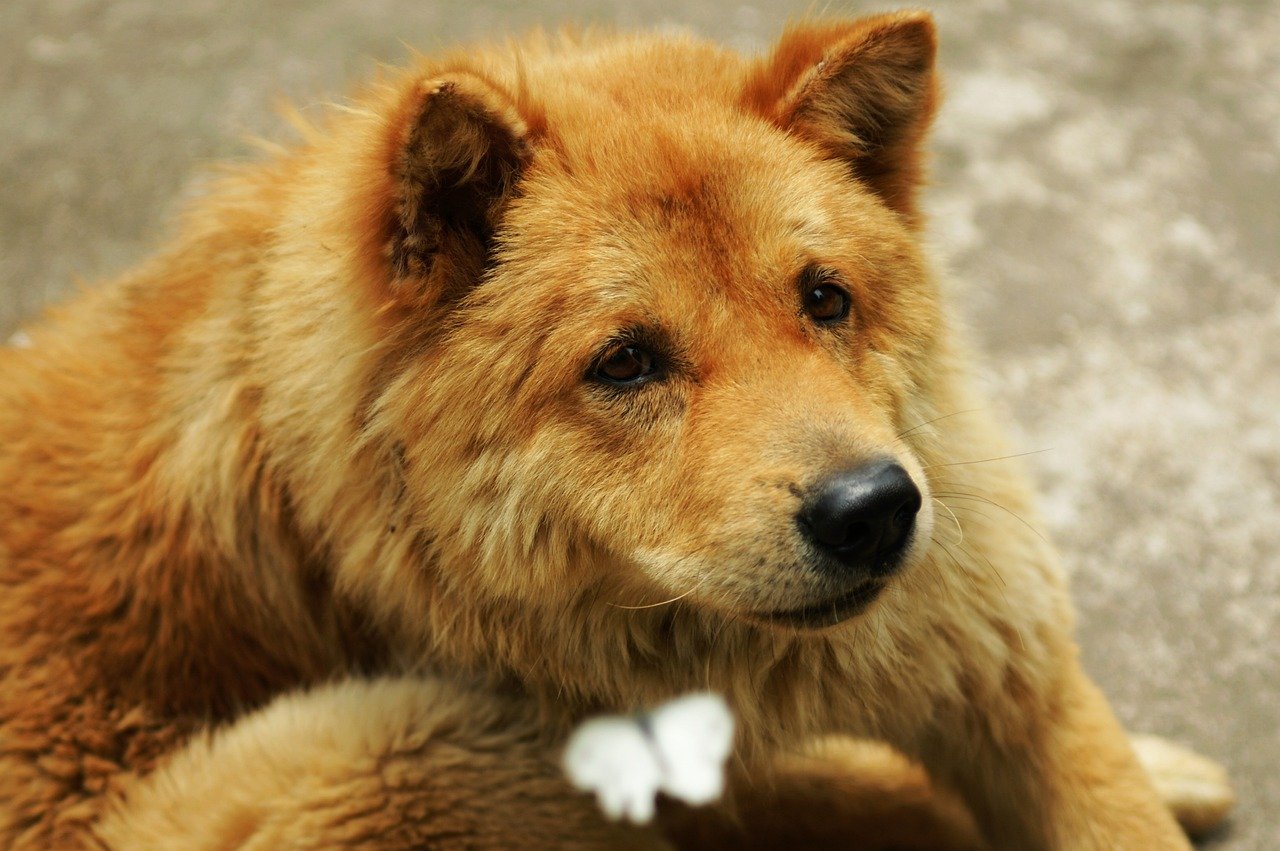
A soft, lingering gaze from your dog can feel almost magical. This eye contact releases oxytocin—the “love hormone”—in both you and your dog, strengthening your bond. When your dog gazes at you, they’re expressing trust, affection, and a desire for connection.
However, a hard, unblinking stare can mean something very different. In dog language, intense staring can be a warning sign or a display of dominance. Context is key—pay attention to body language and the situation. Your dog’s eyes say more than words ever could, so never ignore this silent form of communication.
11. Sighing or Groaning: Contentment or Mild Frustration

You might hear your dog let out a long, deep sigh as they settle in for a nap. This is usually a sign of relaxation and contentment, a silent way of saying, “I’m happy and comfortable.” These little noises can be deeply reassuring—a sign your dog feels at home.
On the other hand, sighs or soft groans can sometimes express mild frustration or disappointment. If your dog sighs after being denied a treat or playtime, they’re letting you know how they feel without making a fuss. Listening to these subtle sounds helps you tune in to your dog’s emotional world, deepening your understanding and connection.

Andrew Alpin from India is the Brand Manager of Doggo digest. Andrew is an experienced content specialist and social media manager with a passion for writing. His forte includes health and wellness, Travel, Animals, and Nature. A nature nomad, Andrew is obsessed with mountains and loves high-altitude trekking. He has been on several Himalayan treks in India including the Everest Base Camp in Nepal.






